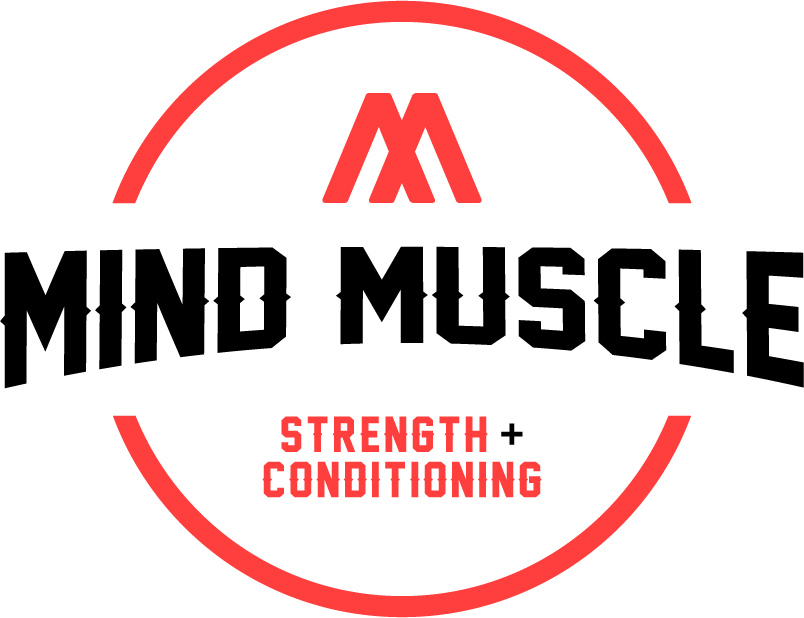Fat Recommendations For Health And Performance
MODULE 4 Foundations of Evidence-Based Nutrition
Unit 4 - The Fundamentals Of Fat For Weight Loss, Performance, And Health
Specific guidelines on fat intake are limited.
Partly related to the fact fat has been previously demonised and therefore received minimal funding for research.
However, we can make some broad assumption and recommendations based on the available research.
Typically, it is best to assess fat requirements as a percentage of total calories.
Although, this does have limitations, especially if you are in an aggressive calorie deficit with relatively low caloric intake.
Here are broad guidelines to follow for fat intake based on percentages of total calorie intake:
15-80%: General health and weight loss (yes, a Keto diet is fine).
22%+: Endurance sports/activity.
25-45%: Resistance training and weight lifting.
Diets with less than 15% fat consumption should be avoided on a long-term basis.
Very low fat intake is likely to negatively impact a number of aspects of your health.
These low fat intakes can be used in certain situations, ie 3-5 day refeed, but not as an ongoing strategy.
Beyond these basic percentages, there are other considerations you should make, including:
Balanced fatty acid profile. For example, not a high amount of saturated fat.
Obtain fats from a variety of food sources to achieve this fatty acid balance.
Supplement with omega 3 oils where needed.
Finally, a word on Omega 6. Y
ou may come across supplements and products containing Omega 6 as well as Omega 3.
Typically, the Western diet is high in Omega 6 and additional supplementation is not necessary.
In fact, the consistent increase in Omega 6 consumption between 1960-2010 is associated with increases in body fat percentages.
Changes in consumption of omega-3 and omega-6 fatty acids in the United States during the 20th century. Blasbalg et al, 2011. (PubMed Link) (Full Text)
